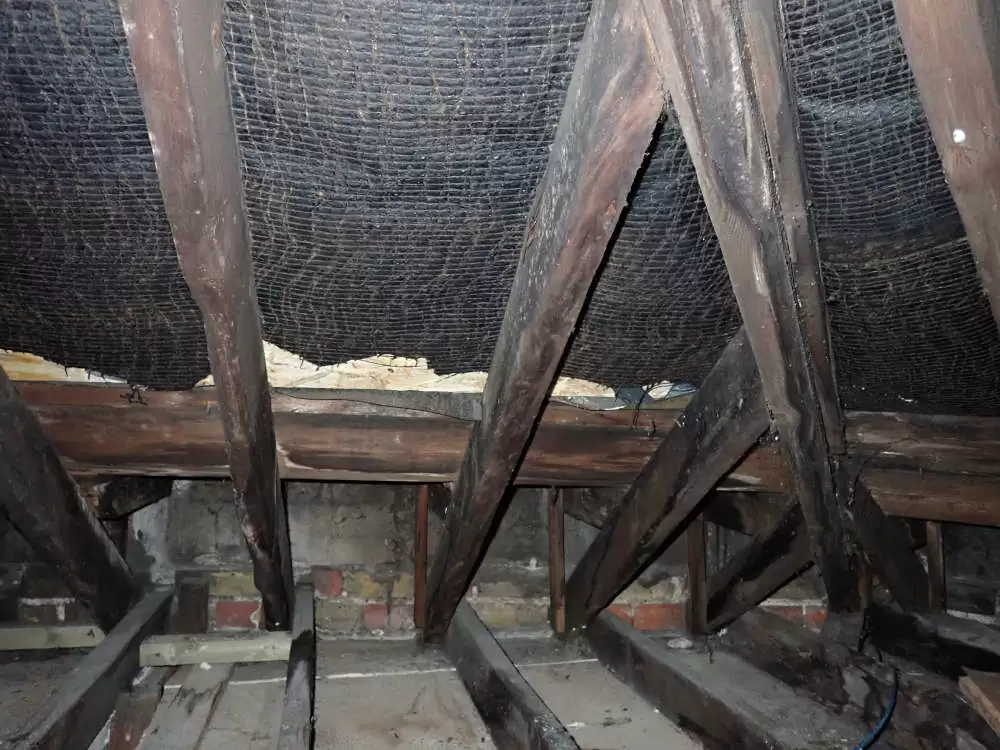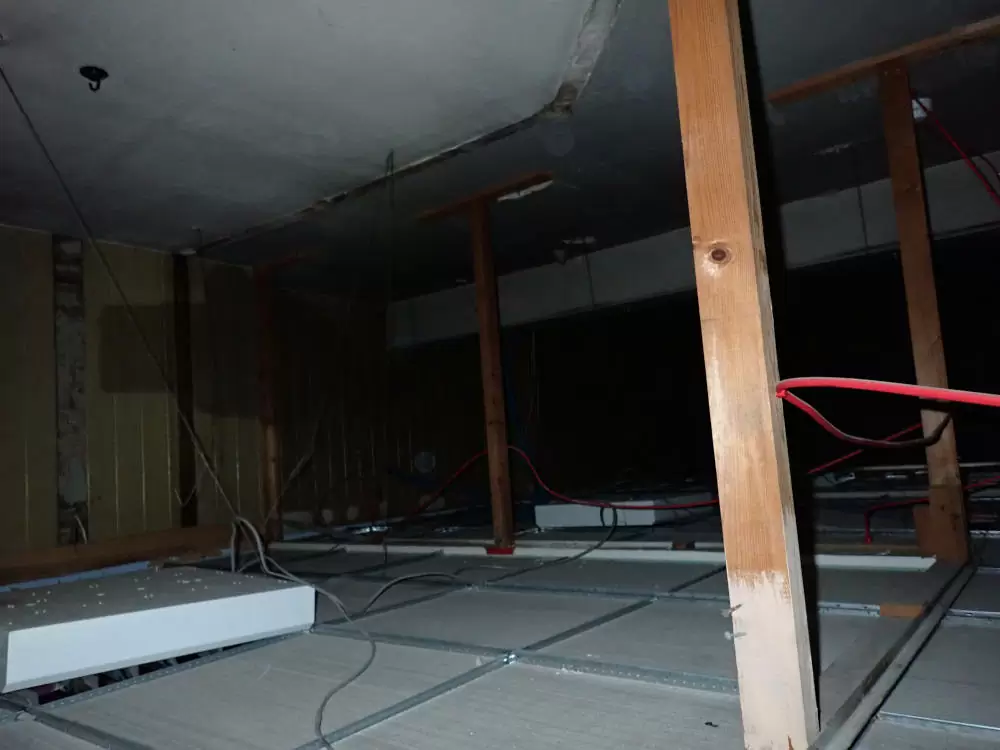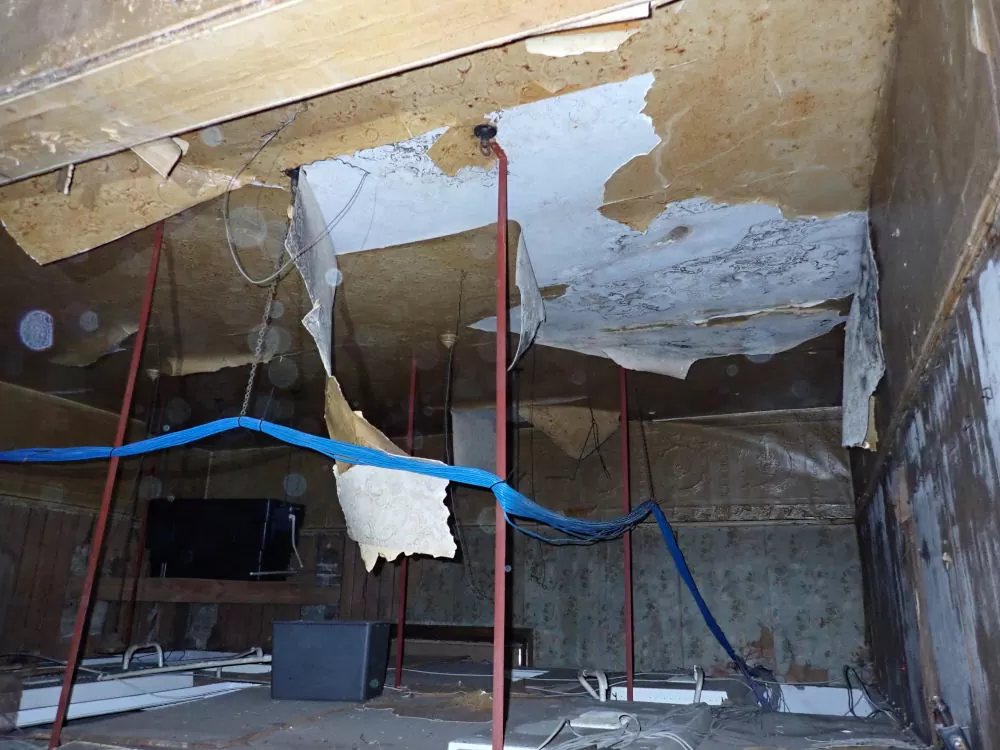East End Refurbishment
The Problem
H+R were instructed to determine the extent of timber decay affecting the timber structures after failure of defective roof finishes allowed water to cascade down through the 3-storey building, flooding several levels between. There was concern that interstitial mould and fungal growth within floor voids may be present, which could potentially become a risk to the present occupiers. It was also necessary to determine the levels of moisture within the masonry as a result of the flooding, so as to aid in design decisions, as well as providing remedial advice.


The Solution
A detailed inspection of the roof void was initially undertaken, followed by a borescope and video scope inspection of the floor voids in vulnerable areas directly below the escape of water incident. Masonry samples were taken from walls on the ground floor, but also on upper floors in areas affected by the escape of water incident. Masonry samples were analysed in the H+R laboratory to determine moisture and hygroscopic salt content.
Through the use of borescope and videoscope technology, it was possible to determine the presence, or lack of, of mould and fungal growth within floor voids directly below the areas of flooding. Core-drilled masonry samples at the ground floor level revealed elevated levels of moisture retained within masonry masses, highlighting the necessity for provisions for isolation during repairs to timber structures, not only as a result of the escape of water incident but also due to raised external ground levels to the rear of the building
Case Study Gallery





